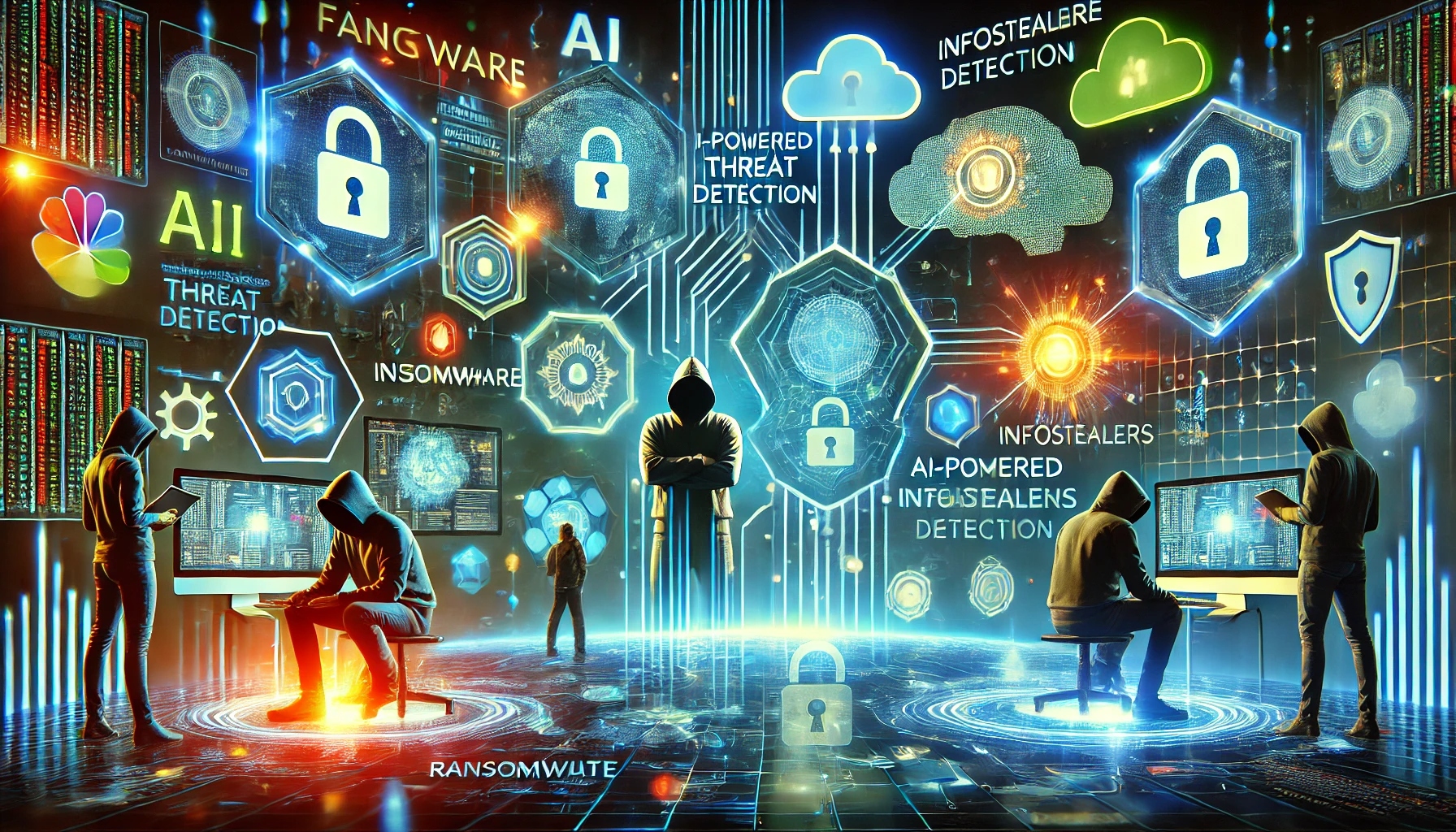Cybersecurity in an Evolving Tech Field
 Tech Skill School
Tech Skill School
Cybersecurity is the practice of protecting computer systems, networks, and data from unauthorized access and cyber threats. As technology evolves and becomes increasingly integrated into everyday life, cybersecurity has expanded to address a variety of threats, including cyberattacks, data breaches, and ransomware incidents. This article delves into the dynamic cybersecurity landscape, exploring its evolution, current trends, challenges, and best practices for mitigating risks.
Evolution of Cybersecurity
Initially, cybersecurity focused primarily on protecting physical systems and networks. With the rise of digital infrastructure, it expanded to encompass protection against cyberattacks targeting data integrity and privacy. The evolution has also been marked by the development of advanced technologies such as Artificial Intelligence (AI) and the Internet of Things (IoT), increasing both opportunities and vulnerabilities.
Emerging Cybersecurity Threats in 2024
Disinformation Campaigns: AI and large language models (LLMs) were leveraged by nations like Russia, China, and Iran to manipulate public opinion and interfere with elections. AI played a role in at least one-third of global elections between September 2023 and February 2024.
Ransomware: Ransomware remained a significant cyber threat, with median ransom payments reaching approximately $200,000. High-impact incidents, such as the attack on Change Healthcare, highlighted the severe consequences of ransomware.
Infostealers: There was a 58% surge in infostealer attacks targeting corporate access. These malware variants extracted data like credentials and cookies, enabling further cybercrime.
Cloud Vulnerabilities: Complex cloud infrastructure and misconfigurations posed ongoing security challenges, leaving organizations exposed to threats.
Edge Device Exploits: Attackers increasingly targeted edge devices, exploiting vulnerabilities in products from vendors like Ivanti and Check Point.
Nation-State Cyber Activities: State-affiliated groups engaged in cyber espionage, disinformation, and destructive attacks, contributing to the evolving landscape of cyber warfare.
Healthcare Sector Attacks: Ransomware incidents in the healthcare sector surged, with severe impacts on organizations like Change Healthcare.
Data Exfiltration Extortion: Attackers shifted tactics, stealing data and threatening to leak it instead of encrypting it.
AI-Generated Deepfakes: Cybercriminals used AI-generated deepfakes to manipulate public perception and spread disinformation.
Email-Based Attacks: HTML files were increasingly used in email-based attacks, continuing to serve as a primary attack vector.
Mobile Malware: Malware targeting Android devices remained a growing concern.
Legislative Developments
Governments and regulatory bodies have responded to the growing threat landscape by introducing cybersecurity regulations. Regulatory entities like the Securities and Exchange Commission (SEC) now emphasize organizations’ responsibility in managing cybersecurity risks. Compliance with regulations ensures that companies are held accountable for protecting sensitive data and reporting breaches promptly.
Key Cybersecurity Concepts
Authentication and Access Control: Two-Factor Authentication (2FA) and Multi-Factor Authentication (MFA) offer robust protection against unauthorized access.
Threat Detection and Response: AI-powered anomaly detection systems enhance real-time threat identification.
Incident Response Plans: Organizations must establish well-defined plans to minimize the impact of cyber incidents.
Penetration Testing: Simulated attacks help uncover vulnerabilities and improve system defenses.
Cybersecurity in Critical Sectors
Industries like healthcare and finance are prime targets for cyberattacks due to the sensitivity of their data. Implementing strong encryption, maintaining secure networks, and ensuring compliance with industry standards are essential for protecting digital assets.
Addressing the Cybersecurity Skills Gap
The demand for skilled cybersecurity professionals is rapidly increasing. Career paths in cybersecurity offer opportunities across roles such as Security Analysts, Penetration Testers, and Chief Information Security Officers (CISOs). Continuous learning through certifications and hands-on experience is vital for success in this evolving field.
Best Practices for Organizations
Regularly update software and systems to patch vulnerabilities.
Educate employees on cybersecurity hygiene and threat awareness.
Conduct routine security audits and penetration testing.
Implement zero-trust security models to minimize attack surfaces.
Future Outlook
The cybersecurity landscape will continue to evolve with advancements in AI, quantum computing, and cloud technologies. Organizations must remain vigilant, adopting proactive strategies to stay ahead of emerging threats.
Conclusion
Cybersecurity is no longer an optional aspect of digital operations; it is a critical necessity. By embracing robust security measures, maintaining compliance, and fostering a cybersecurity-aware culture, organizations can safeguard their digital assets against the ever-changing threat landscape. Continuous investment in cybersecurity infrastructure and workforce training will be key to resilience in the years ahead.
Subscribe to my newsletter
Read articles from Tech Skill School directly inside your inbox. Subscribe to the newsletter, and don't miss out.
Written by
